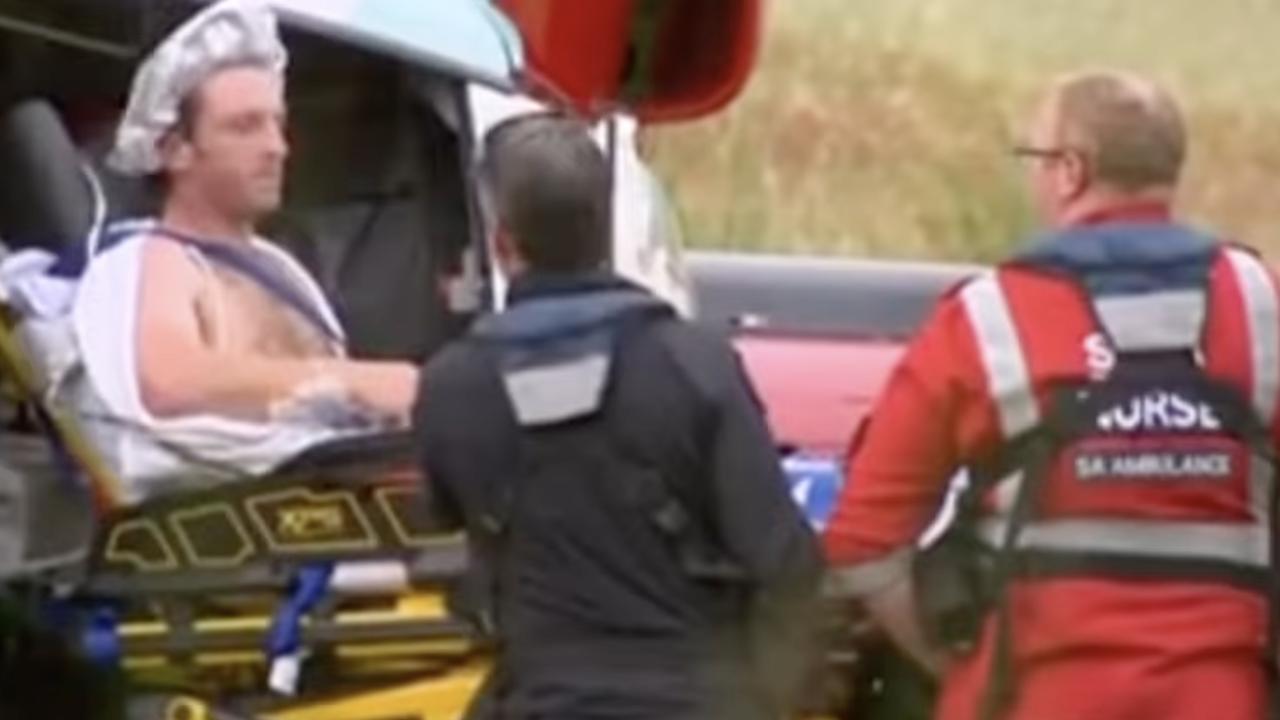How altitude sickness impacts the body and why it’s so fatal
It’s the silent killer that can make climbers feel like they’re drowning. This is how the “painless” sickness takes over the body.
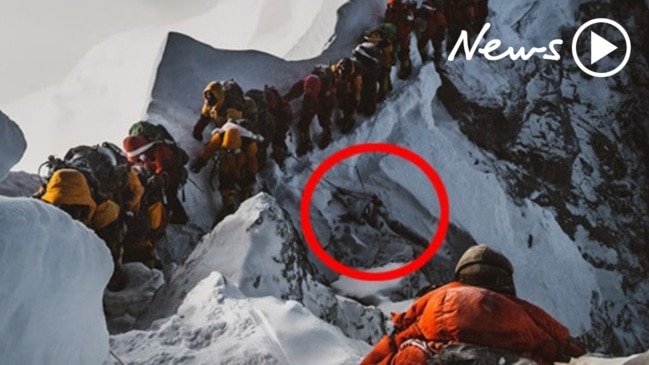
As the highest summit in the world, Mount Everest has quickly turned from a challenge braved by the mountaineering elite to a tourist attraction open to anyone with enough money in their pocket for a permit.
This month alone, 11 people have failed to return home after attempting to reach the mountain’s 8848m summit.
It’s the deadliest year for the peak since 2015.
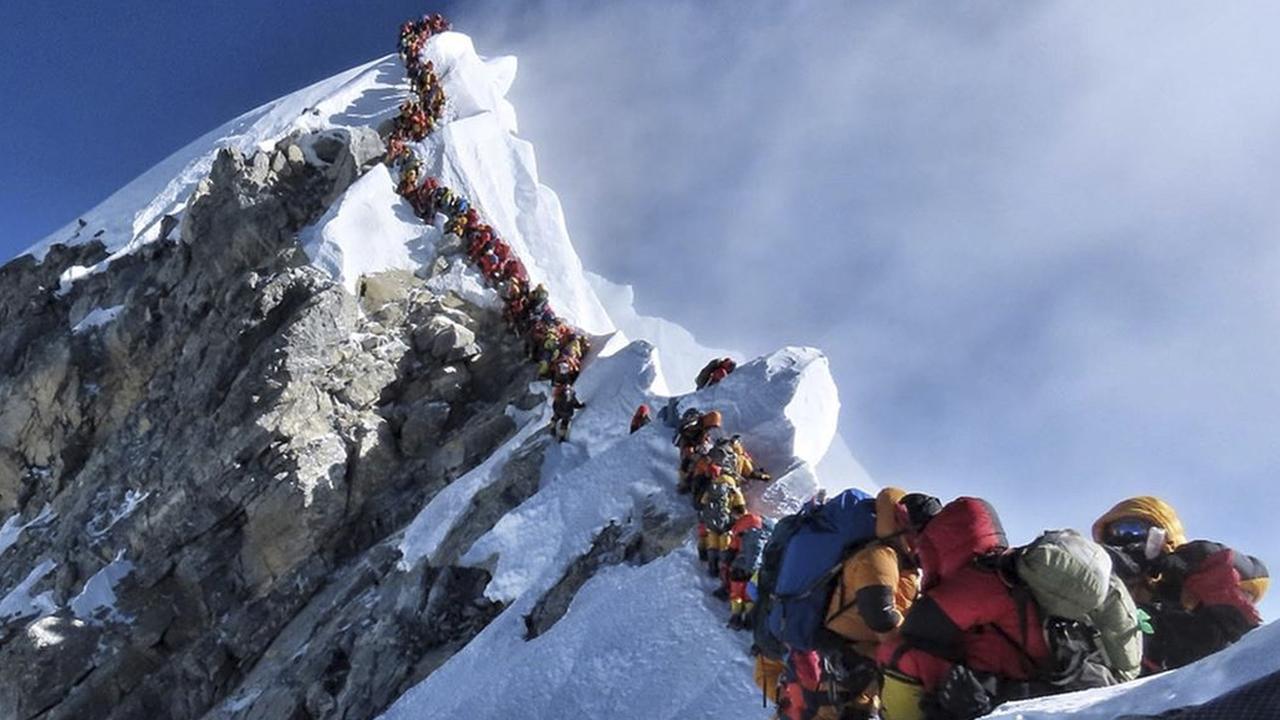
Some experts blame the weather, while others consider the low level of experienced climbers and high number of permits as the key problem.
But while the Nepalese government hand out hundreds of permits to summit Everest, 2019 has become a devastating example of how the “death zone” takes a toll on the body.
All big climbs require some degree of preparation, but how prepared can you be for the death zone, where the potentially fatal altitude sickness is likely to develop?
WHAT IS ALTITUDE SICKNESS
Climbers who reach the death zone have been known to suffer from altitude sickness, which can cause a lack of muscle control and even hallucinations.
According to Harvard University, the illness — which can be fatal — develops at higher altitudes because the pressure of the air around you decreases, so there is less oxygen in the air.
While people can live comfortably at moderately high altitudes, the body must make some adjustments that take time.
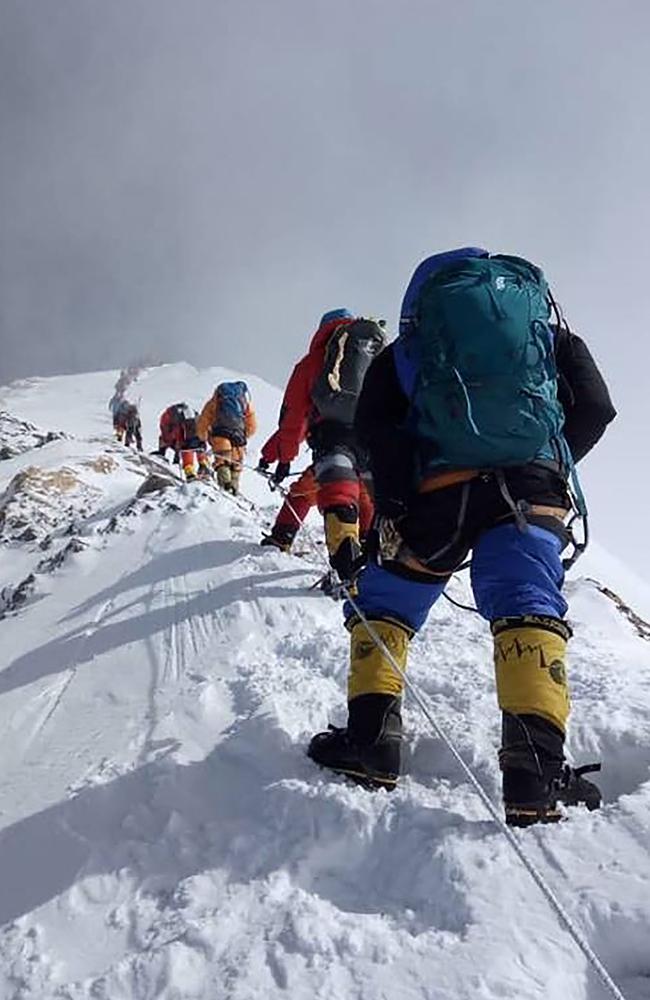
Going above 2400m, however, climbers will be in danger of developing uncomfortable or dangerous symptoms from the change in altitude.
In an interview with news.com.au, Alan Arnette, who has climbed Everest and K2 and is now a blogger and Summit Coach, said going into the death zone put significant pressure on the body.
“Acute mountain sickness (AMS) can occur above 8000 feet (2438.4m) due to the reduced amount of available oxygen molecules in each breath,” he explained.
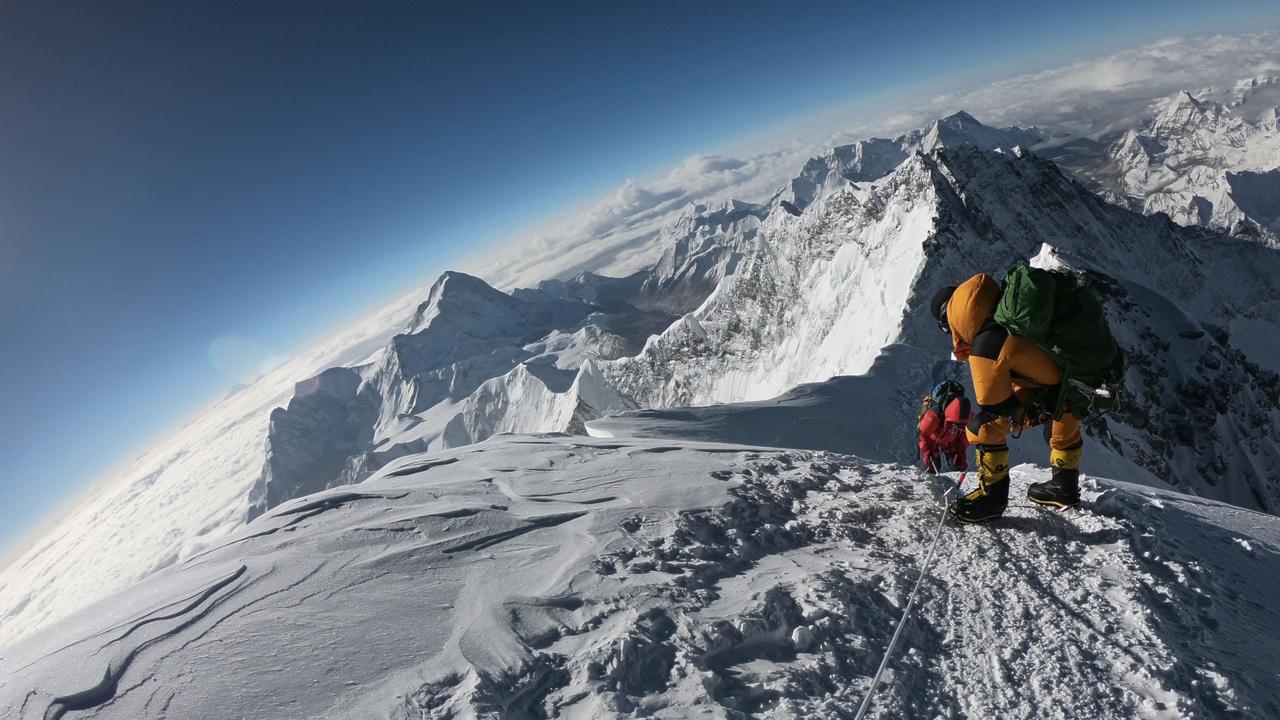
“At the summit of Everest there is 33 per cent less available oxygen per breath compared to sea level.
“While the exact cause of altitude sickness is still unknown, it is attributed to the low level of available oxygen that causes physiological reactions with blood vessels that create the symptoms.”
WHAT DOES ALTITUDE SICKNESS DO TO THE BODY
Some say altitude sickness acts as a silent killer because climbers often ignore the severity of symptoms and continue their climb. However, the higher a mountaineer goes, the more the illness can turn fatal.
Mr Arnette says when a climber develops signs of altitude sickness, the body will begin to “shut down”.
“When exposed to extreme altitude … the brain, lacking sufficient oxygen, becomes confused while the muscles lose power,” he explained.
“Overall, a climber with altitude sickness just wants to lie down and go to sleep, which is a mistake as many never wake back up.”
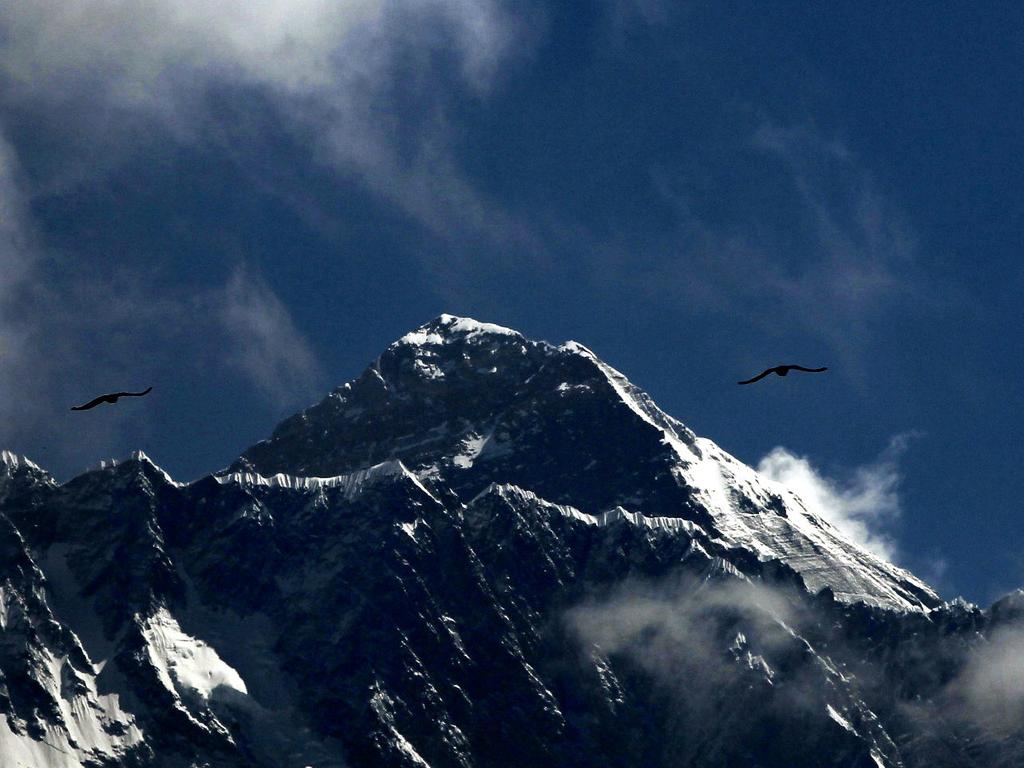
In a piece written for The Conversation, Murdoch University’s senior lecturer of strength and conditioning, Brendan Scott, said the body’s response to altitude sickness could happen within moments.
“Within seconds of exposure to altitude, ventilation is increased, meaning we start trying to breathe more as the body responds to less oxygen in each breath and attempts to increase oxygen uptake,” he wrote.
“Despite this response, there’s still less oxygen throughout your circulatory system, meaning less oxygen reaches your muscles.
“Within the first few hours of altitude exposure, water loss also increases, which can result in dehydration. Altitude can also increase your metabolism while suppressing your appetite, meaning you’ll have to eat more than you feel like to maintain a neutral energy balance.”
Mr Arnette said altitude sickness came with little pain but rather confusion, extreme lethargy and difficulty in making sound decisions. It’s for this reason people need to scale smaller mountains before attempting a larger summit like Mount Everest.
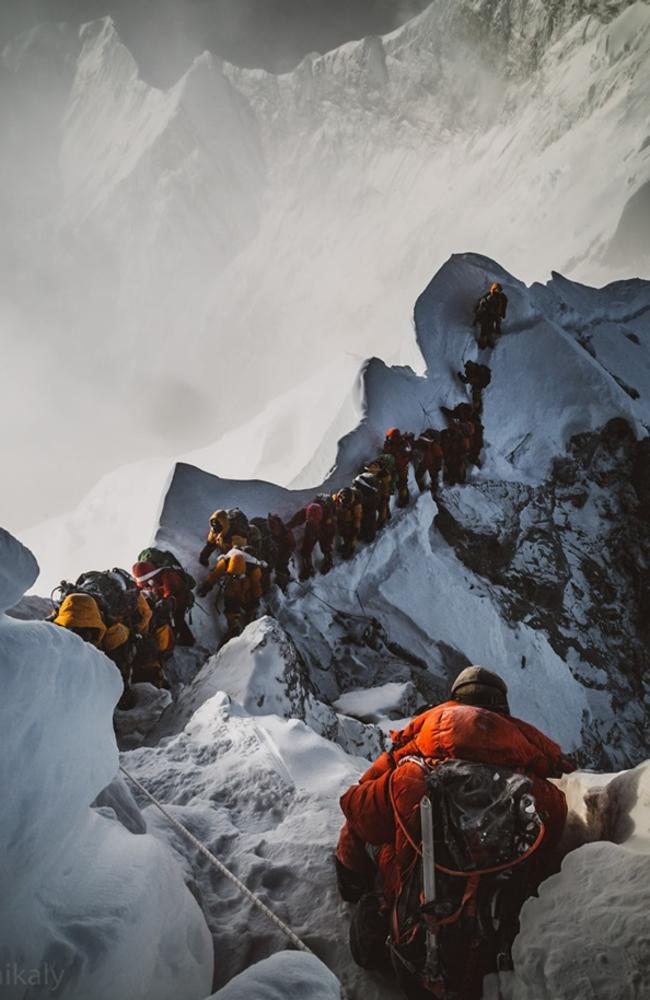
“Anyone climbing an 8000-metre mountain like Everest needs to understand how their body performs at extreme altitude by climbing lesser 8000-metre peaks prior to Everest,” he said. ”Unless they are a professional with significant experience, they need to climb with strong individuals trained in mountain medicine that can recognise and respond appropriately when an individual show signs of AMS, most often this means turning back, no matter how close they are to the summit. It's the difference between life and death to wait.”
WHAT ARE THE SYMPTOMS
According to Mr Arnette, altitude sickness symptoms start with a headache first, along with nausea, fatigue, lack of appetite, trouble sleeping, dizziness and shortness of breath. The headache typically comes on within two to 12 hours after arriving at a higher elevation.
“In more severe cases, the person may act like they are drunk, stumbling and loss of balance,” he said.
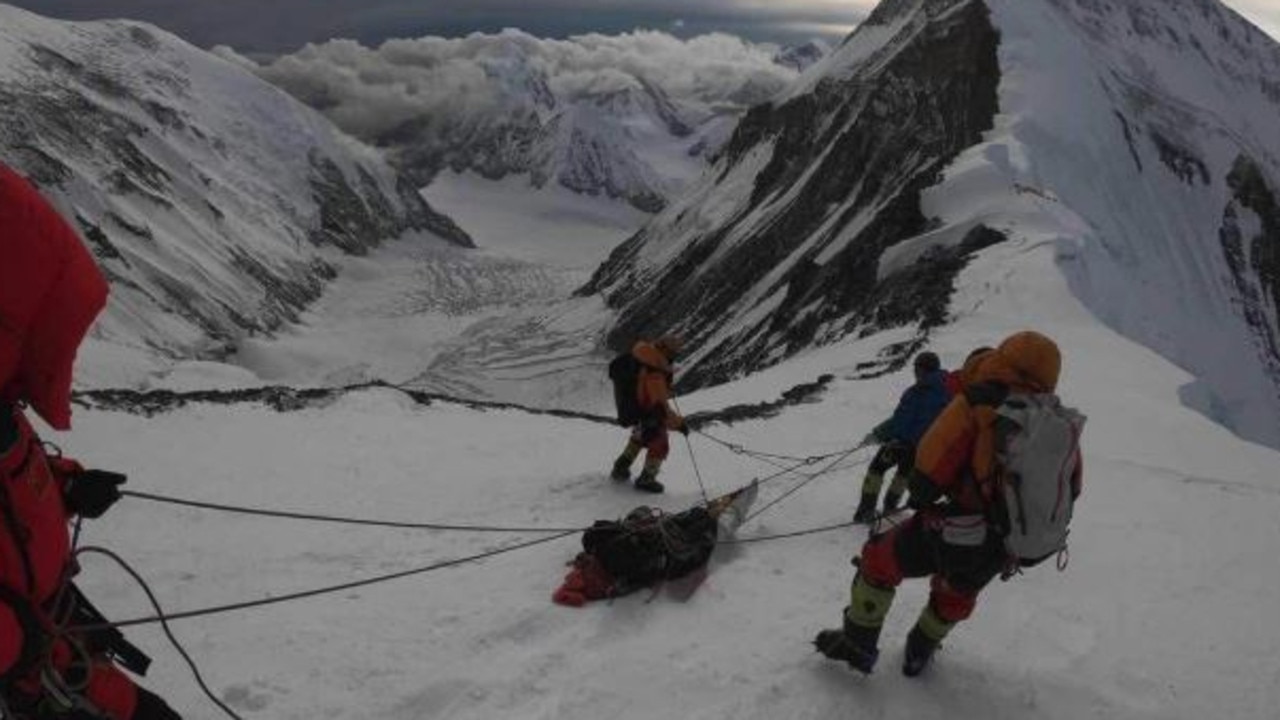
“In the extremes, high altitude cerebral edema (HACE), which is swelling of the brain, and high altitude pulmonary edema (HAPE), fluid build-up in the lungs, the only cure is immediate descent, and if delayed, the individual can easily die.”
Mr Arnette said a climber with HACE would be very confused and not able to make rational decisions, while a climber with HAPE would struggle to breathe and “may feel like they are drowning”.



